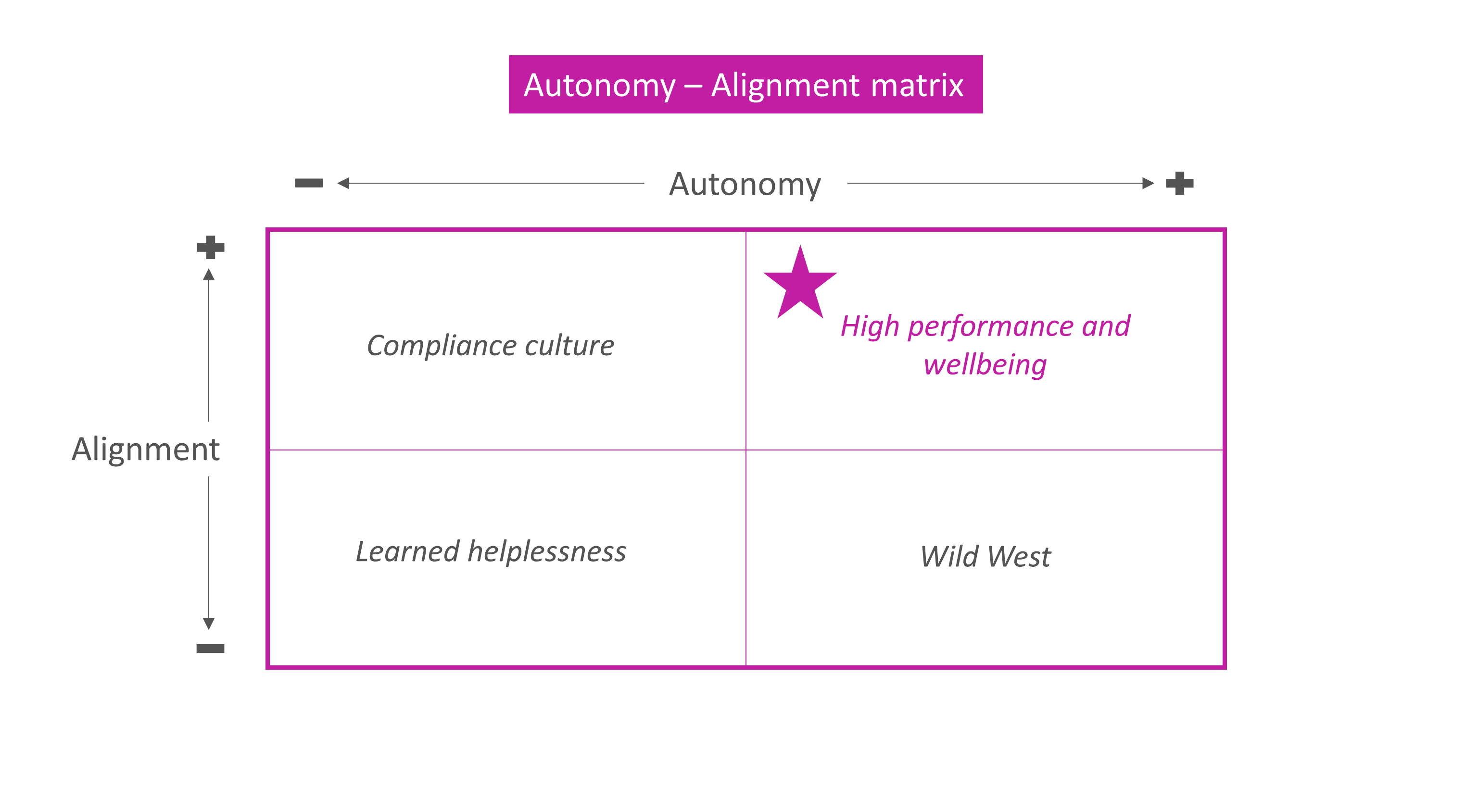Clarifying roles & responsibilities
-
 Overview
Overview -
 Exercises
Exercises -
 Slides & PDF's
Slides & PDF's
Overview
In practice: Giving your staff clear expectations in terms of who is responsible for what, and articulating clear boundaries and responsibilities that lie with others.
"Teams need to know who’s doing what and how it all fits together."
Who should do what in a team is usually fairly obvious. Job descriptions lay down responsibilities for most routine work, and roles are clear.
But sometimes a piece of work will sit in the overlap between two roles, sometimes something totally new appears, and occasionally a project will require particular collaboration between two or three people in the team. How do you set about deciding who is responsible for what?
Who decides who does what?
The simple answer is - the team leader decides who decides!
As team leader you have several choices:
- It may be best to lead from the front and assign jobs to people.
- You may want to get the team's views.
- You may want to delegate completely to the team to decide who does what.
Each of these styles – direction, consultation and delegation – can work well in the right circumstances and badly in the wrong circumstances. So it's important you get it right. No-one wants a bossy team leader who thinks they should decide everything, or a leader who abdicates responsibility over the big decisions because they lack courage. Check out the consultation and delegation page to find out when each approach is most appropriate.
Clarifying roles and responsibilities
As team leader you will still bear ultimate accountability for most of the final decisions and the way they turn out. So you will want to be sure that everyone is clear about their own role and responsibilities.
For its most critical activities, the team can draw up a RASCI (also known as RACI) responsibility matrix. The matrix helps you to spell out who’s in charge, who has to provide support in the form of information or people to work on a project, who needs to be consulted and so on. The sample RASCI responsibility matrix shows you how to complete it.
The simple process of completing the matrix obliges the team to have the sometimes difficult discussions to clarify who is responsible for what. Because the process is objective it provides a non-political context for the discussions.
It is also one of the most acceptable ways of getting a message across to some people that they are not involved in particular decisions or pieces of work. Under normal circumstances it can be difficult to tell long-standing members of a team that they should let other team members get on without “help” (aka interference). This process makes it easier. Just check out our top tip clarifying team responsibilities for a step-by-step guide.
Autonomy and alignment
Once you have allocated responsibility to someone, you want to feel confident that they are getting on with it. They will need the authority and autonomy that comes with the responsibility you have given them. They may need to come back to you for advice, but won’t want to be micro-managed.
Giving people more autonomy brings big benefits. There is considerable evidence1 that autonomy increases people's motivation, wellbeing and performance. It also develops their coping skills and increases resilience2.
For your part, you will need to feel confident that the person you have delegated to understands what you want and has the skill to achieve it.
This balance is not always easy to achieve, and you might want to use the matrix below to check out with your team how they think your team culture is stacking up. Just putting the autonomy-alignment matrix slide up on a projector, or printing some copies off to discuss round the table will help your team to get the balance right.

What to delegate, how to delegate
The RASCI process outlined in the video is a great place to start, but you may still need all your emotional intelligence to make sure egos aren’t bruised when responsibilities are allocated to team members.
There are two good grounds, and two bad grounds that are common practice for assigning tasks effectively around the team. The good ones are (a) playing to people’s strengths and (b) offering people opportunities to enhance their skills, or increase their visibility. The bad ones are dumping tasks you should do, but just don't fancy, and always giving the best jobs to the same person - just because you rate them highly or their voice is loudest.
Being fair and enhancing every team member's career prospects are sure ways to win commitment and get great results from the team.
1. Muecke et al (2019) How does Job Autonomy Influence Job Performance? A Meta-Analytic Test of Theoretical Mechanisms, Academy of Management Proceedings https://doi.org/10.5465/AMBPP.2019.145
2. ibid
